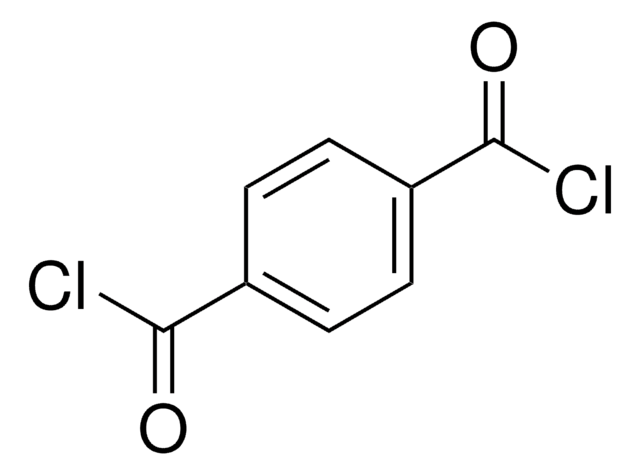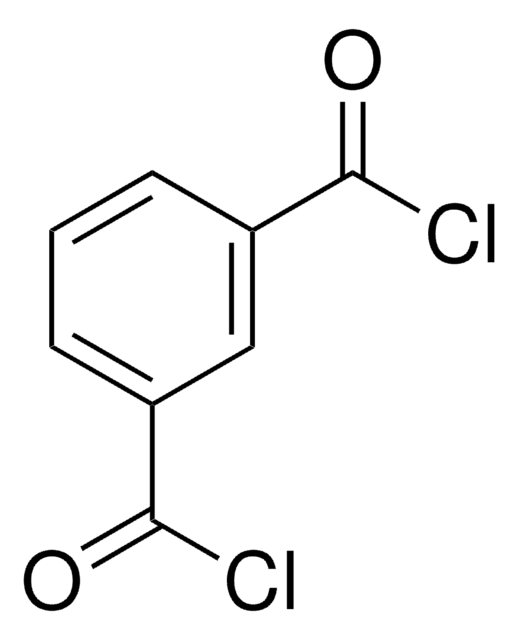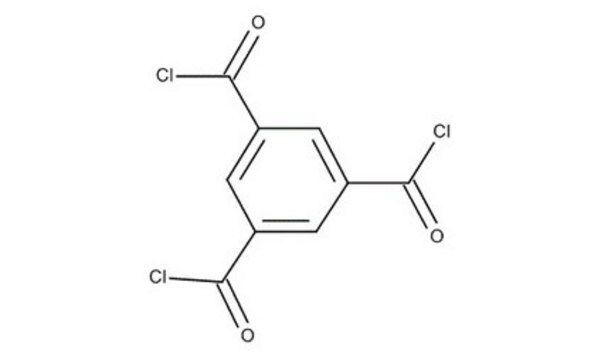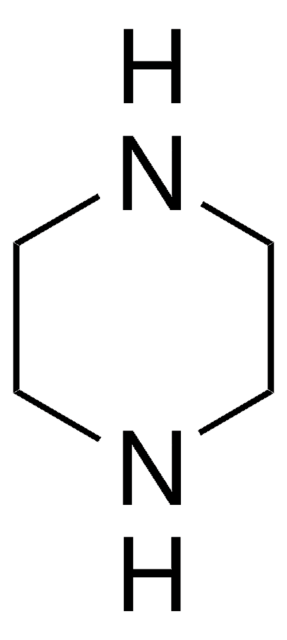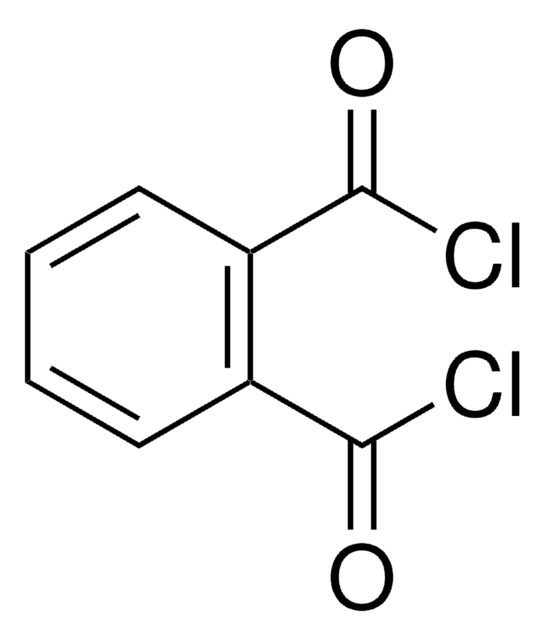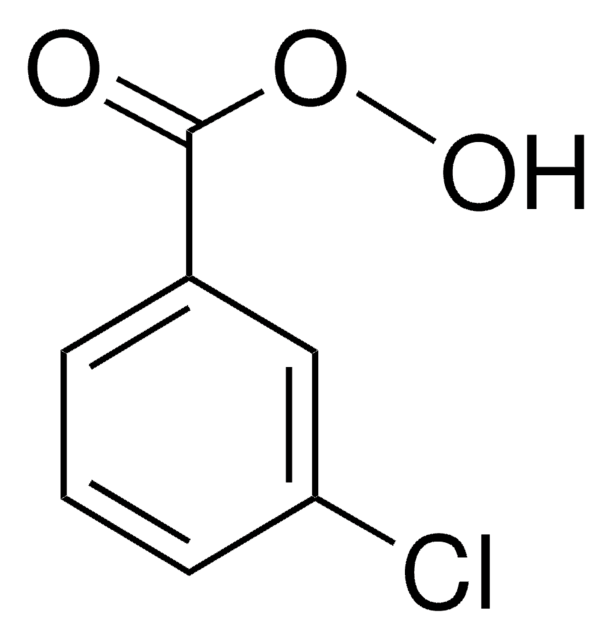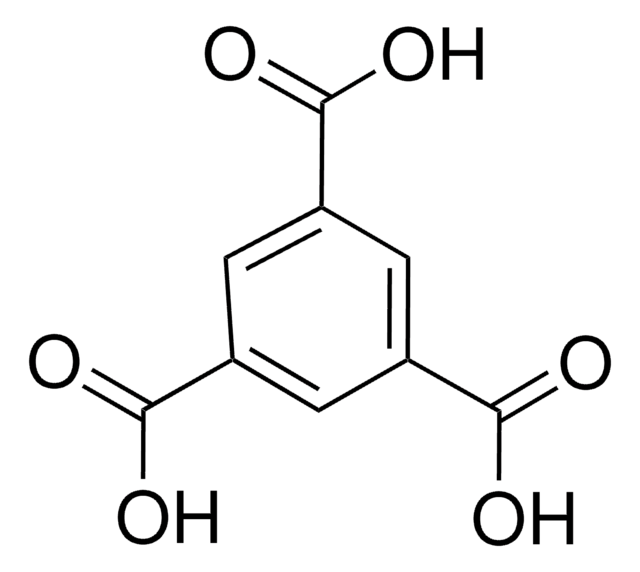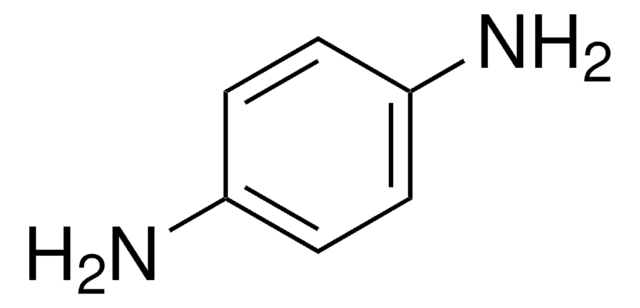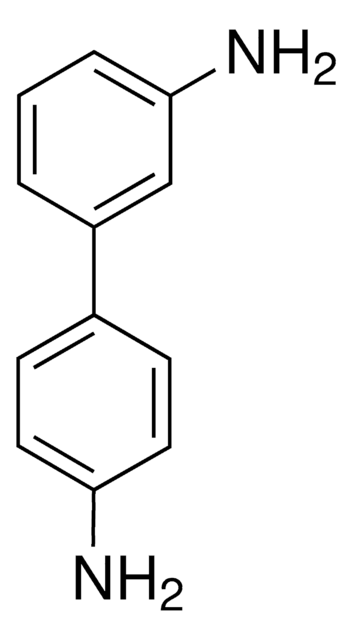147532
1,3,5-Benzenetricarbonyl trichloride
98%
Synonym(s):
Benzene-1,3,5-tricarbonyl chloride, Trimesic acid trichloride, Trimesoyl chloride
About This Item
Recommended Products
Quality Level
assay
98%
form
solid
bp
180 °C/16 mmHg (lit.)
mp
32-38 °C (lit.)
solubility
chloroform: soluble 10%, clear to very slightly hazy, colorless to faintly yellow
density
1.487 g/mL at 25 °C (lit.)
SMILES string
ClC(=O)c1cc(cc(c1)C(Cl)=O)C(Cl)=O
InChI
1S/C9H3Cl3O3/c10-7(13)4-1-5(8(11)14)3-6(2-4)9(12)15/h1-3H
InChI key
UWCPYKQBIPYOLX-UHFFFAOYSA-N
Looking for similar products? Visit Product Comparison Guide
General description
Application
signalword
Danger
hcodes
Hazard Classifications
Eye Dam. 1 - Skin Corr. 1B - Skin Sens. 1
Storage Class
8A - Combustible corrosive hazardous materials
wgk_germany
WGK 3
flash_point_f
230.0 °F - closed cup
flash_point_c
110 °C - closed cup
ppe
Eyeshields, Faceshields, Gloves, type P3 (EN 143) respirator cartridges
Choose from one of the most recent versions:
Already Own This Product?
Find documentation for the products that you have recently purchased in the Document Library.
Customers Also Viewed
Our team of scientists has experience in all areas of research including Life Science, Material Science, Chemical Synthesis, Chromatography, Analytical and many others.
Contact Technical Service